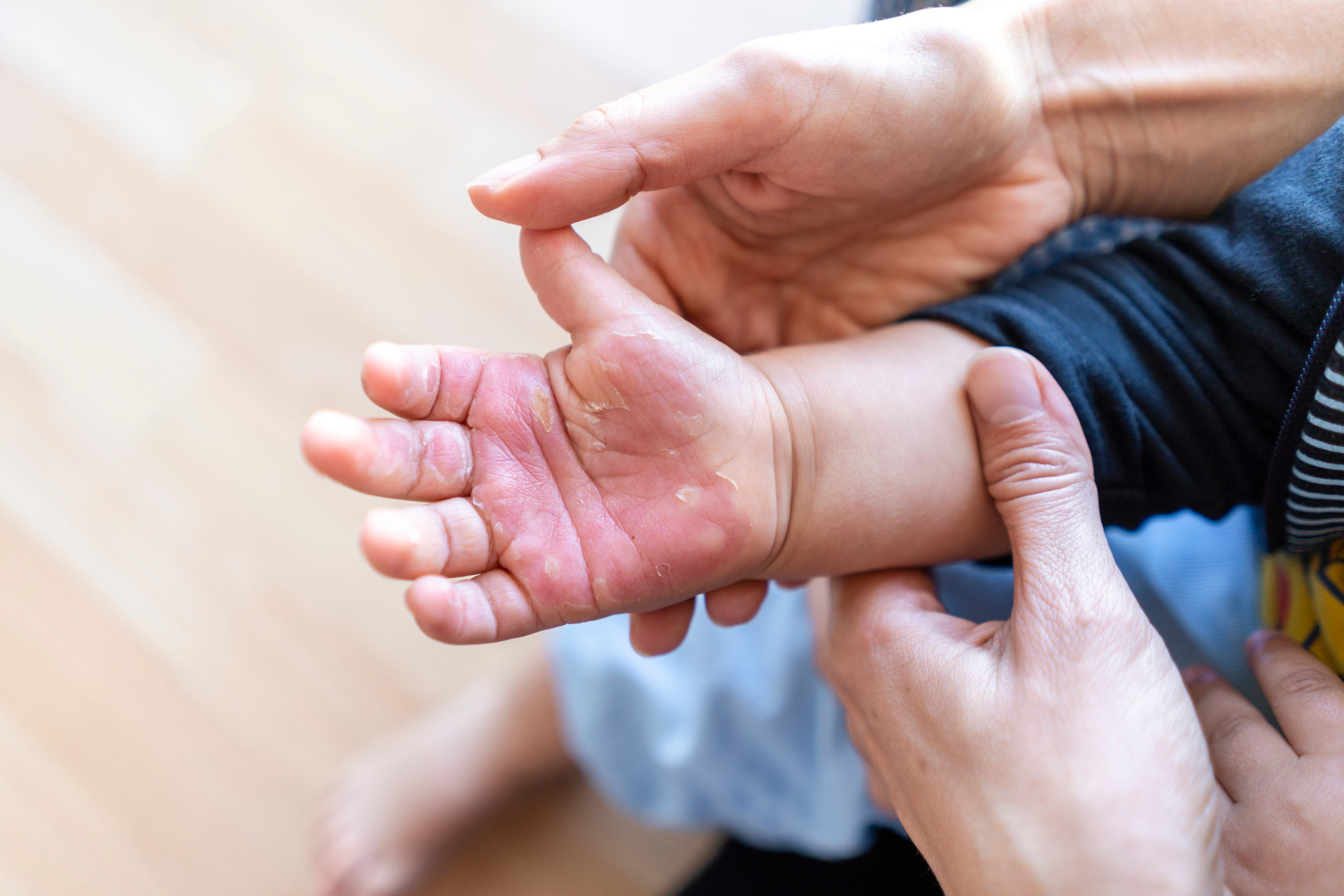Doctors group burns into different levels, or degrees, based on how severe the skin has been damaged. You can have first-, second-, third- and fourth-degree burns, with a first-degree burn being the least severe.
A first-degree burn only affects the outer layer of skin and typically heals within 3-5 days. Common signs and symptoms of a first-degree burn are red, swollen and painful skin. Blisters typically indicate a second-degree burn. If your skin is blistering, do not break the blister as it can lead to infection.
Common causes of a first-degree burn
The most common cause of a first-degree burn is sunburn. Here are the other common causes of superficial burns:
- Sunburn
- Scalds (e.g., while cooking or bathing)
- Electricity
Effective treatment for a first-degree burn
Minor burn treatment can often be done safely at home, while deeper or widespread burns and chemical or electrical burns need immediate medical care.
If your child has been burned and you are concerned about their skin, it’s important to seek urgent medical care. If you decide to treat the burn at home, here are a few things you should and shouldn’t do:
- Lower the heat
Burns continue to feel hot long after the initial injury, so it’s important to run cool water over the area or apply a cool compress for 10-15 minutes. Ice and very cold compresses should not be used as it can cause further damage to your already vulnerable skin. - Raise the moisture
Products like aloe vera, honey, lotion, antibiotic ointments and petroleum jelly can help keep the skin moist and speed up the repair of the damaged skin. - Avoid oil-based products
Oil, or oil-based products like butter, actually prevent healing, so steer clear of these products for burn treatment or soothing. - Let it breath
First-degree burns are not considered open wounds so bandages aren’t required. If you would like to keep it covered, however, use a non-stick bandage or gauze.
When to see a doctor
According to the Centers for Disease Control and Prevention, more than one million people suffer burn injuries that require medical care each year in the United States. To avoid possible infection or other complications, it’s important to see a doctor if:
- You have a burn on the hands, feet, face, groin, buttocks, a major joint or over a large area of the body.
- You notice signs of infection, like oozing from the wound, increased pain, redness or swelling.
- You have a burn or blister that lasts more than two weeks.
- You experience new or unexplained symptoms.
If you or a loved one has been burned and you’re unsure if you need first aid burn treatment by a medical professional, visit Oxford Urgent Care. Our doctors are skilled and experienced in severe to mild burn treatment. They will assess the severity of your burn, check for other injuries and order any lab tests, x-rays or other diagnostic procedures as needed. We are open seven days a week, from 8:00 a.m. – 7:00 p.m. for walk-ins.

